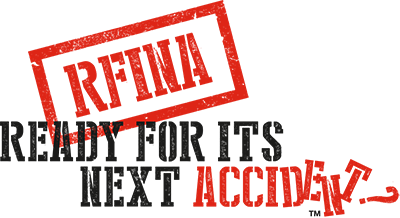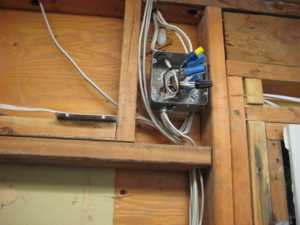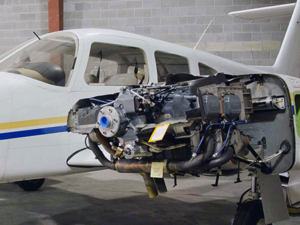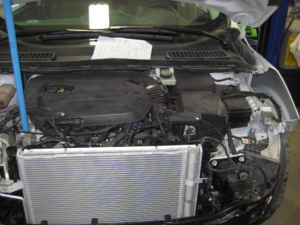Standards and Regulation for Vehicle Repairs? Not Much
These three photos probably do not need explanation to most people; an airplane under repair, an open 110V electrical box in a renovation and a late model car partially re-assembled after a collision.
The work depicted in each image requires a level of expertise to be completed safely. Most people would not be surprised to learn that the mechanic working on the plane is government certified and has to sign off on the work with his current certification number before the plane can go back into service. Most people also will not be surprised to know that while a homeowner can do his own electrical work without certification, if the work is being done under a municipal building or renovation permit it has to be completed and signed off by a registered electrician, again with a current certification.
These same people will be surprised to know that in many (most) jurisdictions nobody has to be certified and nobody has to sign off on the car repair. In our jurisdiction of British Columbia there are no government requirements that a person working in the collision repair industry be licensed or have any certification. This then means that there are no regulations or mandated standards on how the work is done. Which then means that standards could be determined or influenced by the repair person, the business owner, the vehicle manufacturer, the insurance company or perhaps the vehicle owner. These participants are not all motivated by the same result.
In the past, with much less complex vehicles this Wild West environment did not cause more than the occasional anecdotal problem. In the future that is now upon us this unregulated environment exposes vehicle owners to real dangers.
This September 22 article, by John Huetter at Repairer Driven News, suggests that there is a realization of the requirements for regulation and standardization, although it is still in early stages.



